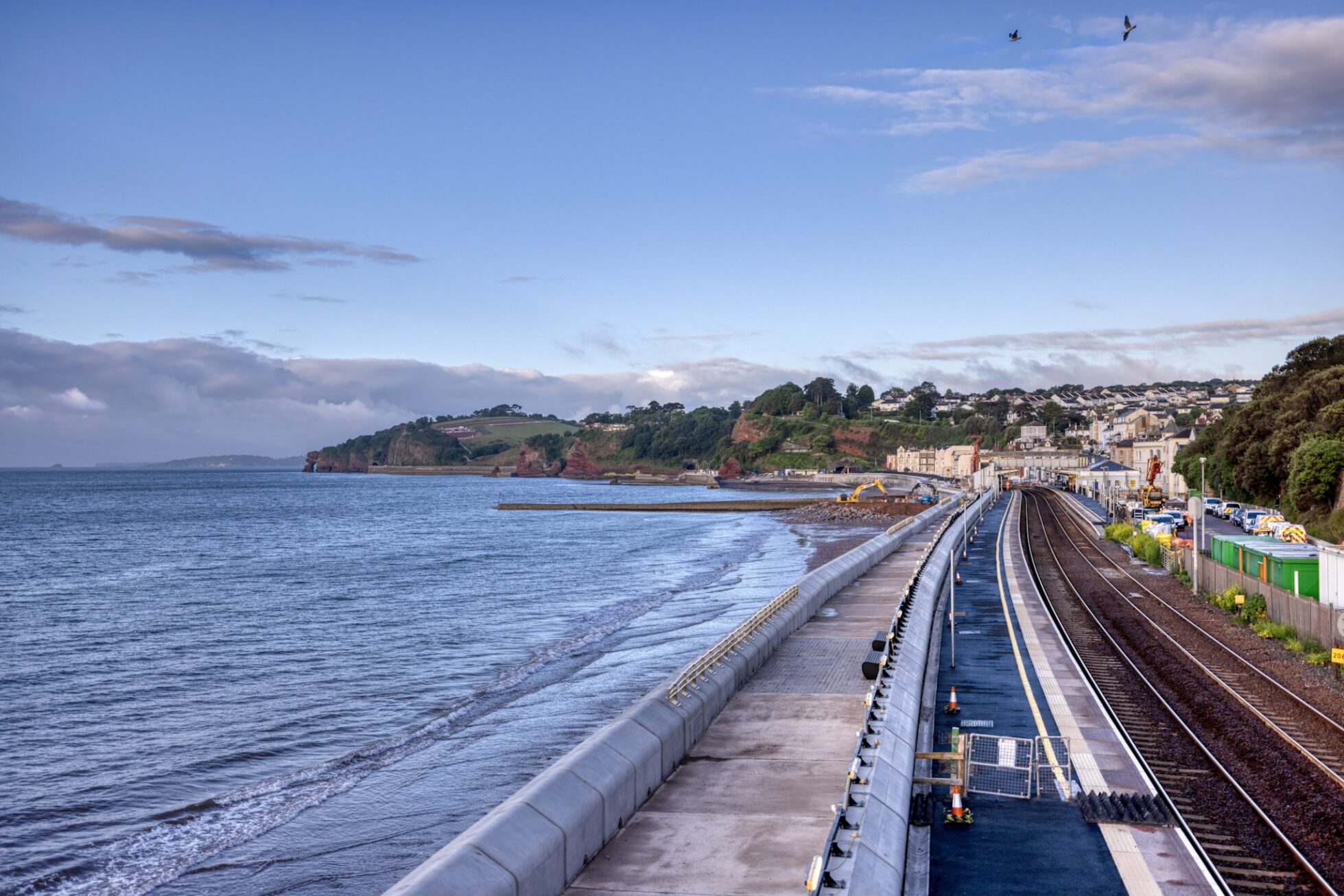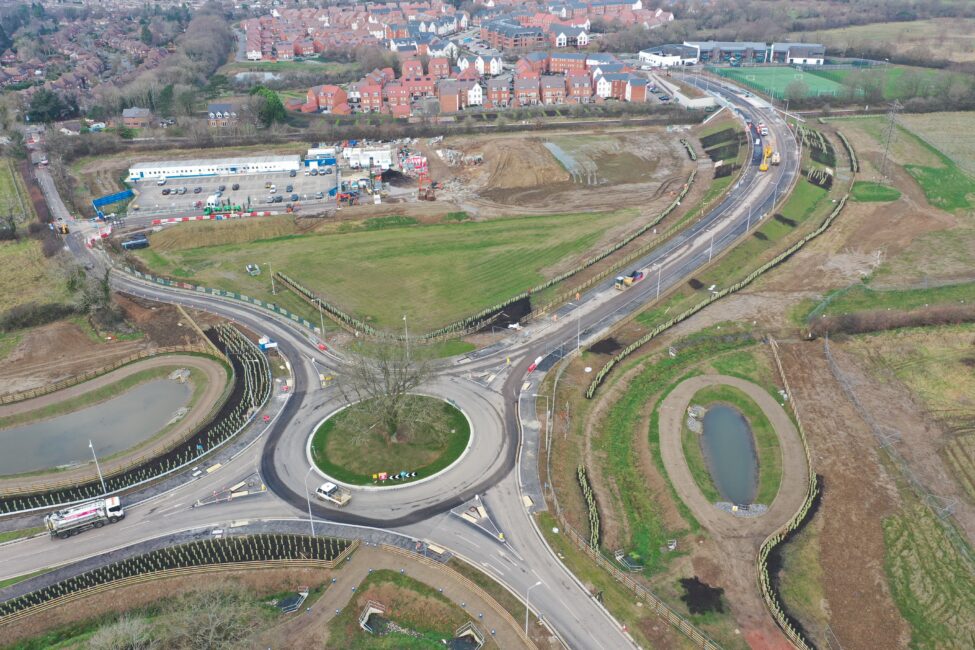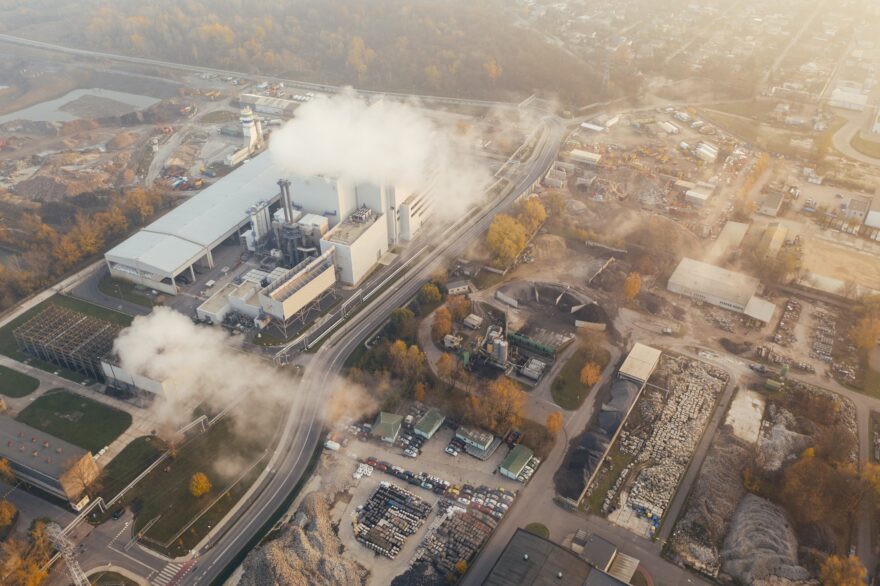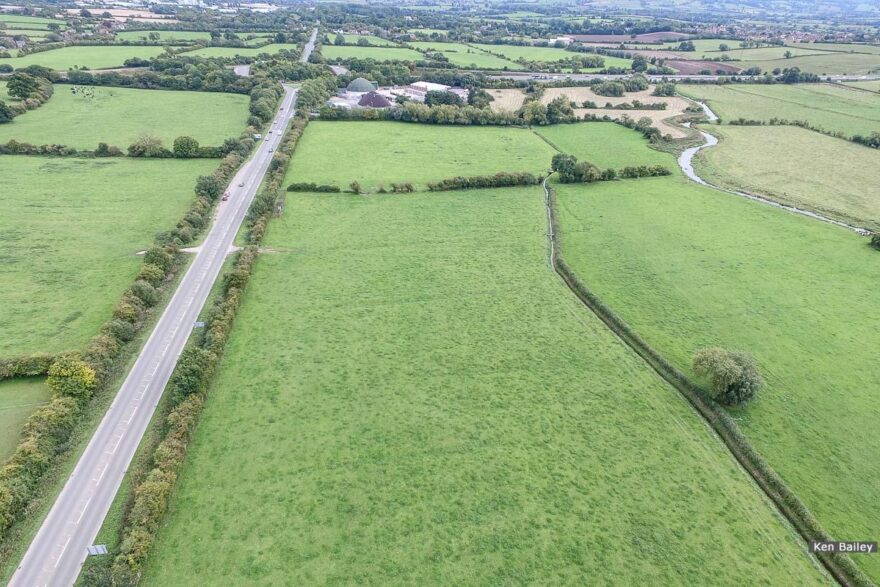Team in Focus | Tony Gee & Partners

Team in Focus | Tony Gee & Partners
In the first of our Team in Focus features, we spoke with Peter Reeves-Toy of Preferred Partner Tony Gee & Partners to find out more on the specialist skills that Tony Gee bring to their clients and what he sees as the unique benefits of the partnership.
What is your role at Tony Gee?
I am a Group Director with responsibility for facilitating our work with Perfect Circle under the SCAPE Consultancy framework. I also have an ongoing role in our overseas offices providing a link to and from the UK, and I support our Structures and Highways Groups in the Head Office.
Tell us more about what Tony Gee does
Tony Gee predominantly provides engineering design services across, rail, highways, power and energy, marine and airport sectors. In addition, we also support education, health, commercial, industrial and retail across the UK and Asia.
We have carved a niche for providing innovative solutions and tackling projects at the more complex and unusual end of the engineering spectrum. We are not afraid of a challenge and that is reflected in our portfolio.

Tony Gee completed the Major Highways Programme for the Eastern Gateway in Wokingham in 2022.
What attracted Tony Gee to joining Perfect Circle as a Preferred Partner?
Tony Gee have a long history delivering solutions in the infrastructure sector. The end clients are normally publicly funded but we are often engaged to support contractors in a design and build scenario or with specialist erection engineering services.
Being a part of Perfect Circle and the SCAPE Consultancy framework opens opportunities for us to work more closely with the end clients and provide value to the project earlier in the life cycle.
What do you see as the biggest challenges facing your clients in the public sector in the next decade?
Three things: funding; the pace of change; and the environmental agenda.
The current economic climate is a big challenge with sharp increases in construction costs and more competition for funding, leaving clients exposed in respect of commissioning schemes.
Coupled with the changes in work and shopping habits in the last few years and the significant impact on town and city centres, public sector clients will need to have a clear vision in order to navigate the challenges that change presents.
Finally, the desire, expectation and requirement to cut emissions is something that we are all invested in, however, facilitating the movement of people while reducing emissions is a major challenge faced by the public sector. Whether that is in relation to the concept of the 15-minute city, increasing the use of active travel or making public transport more attractive to use, the public sector is going to have to step up and deliver a coordinated solution for the country. That is a massive challenge.
What specialist skills do you bring to Perfect Circle’s supply chain?
Many of the services that we offer are in themselves quite specialist; highways alignment design, rail p-way design, marine engineering and bridge design to name a few; however, what really sets Tony Gee apart is our approach to the design.
We develop the ‘right’ engineering solution for each challenge. Within the established parameters set by codes, convention, statue and the physical world, we provide the right solution for the needs of the client in a sustainable and safe manner. This includes the duration of the full life of the element under design and considering the manner the solution is constructed during the design phase.

The Ely Southern Bypass was competed in 2019. Photo credit Matthew Smith
What are the biggest opportunities for growth in our industry in the next decade?
From a sector point of view, we see the power and energy sector as key to decarbonisation. Within the infrastructure and built environment space we see the replacement, rehabilitation and re-purposing existing structures as a key activity going forwards. We also defending critical infrastructure in response to climate change whether it is prolonged high temperature periods and/or flood and coastal defences.
Finally, what has been the favourite project and what has been the most challenging?
So many favourites to choose from. I have been privileged to work on many interesting projects but the ones I enjoyed the most were projects in which we were able to innovate. The first project I worked on as a graduate was the replacement of the cast iron fascia on Westminster Bridge. The temporary works were bespoke and enabled the work to be carried out from the river. We even used a yoga mat as a non-slip interface to the clamp for steelwork installation. The chance to think outside the box was very enjoyable.
And the most challenging are the investigations following failures on site. This kind of forensic engineering looks at the true behaviour of structures rather than the codified approach to design that inherently makes idealised assumptions.
As a result, it can be a challenge to determine the failure mechanism and the reason for that failure. Often, it is expected that the failure be replicated in analysis software that requires a significantly higher level of complexity of analysis model than would be required for design.
For more information about Tony Gee visit Global Engineering | Engineering Consultants - Tony Gee and Partners

